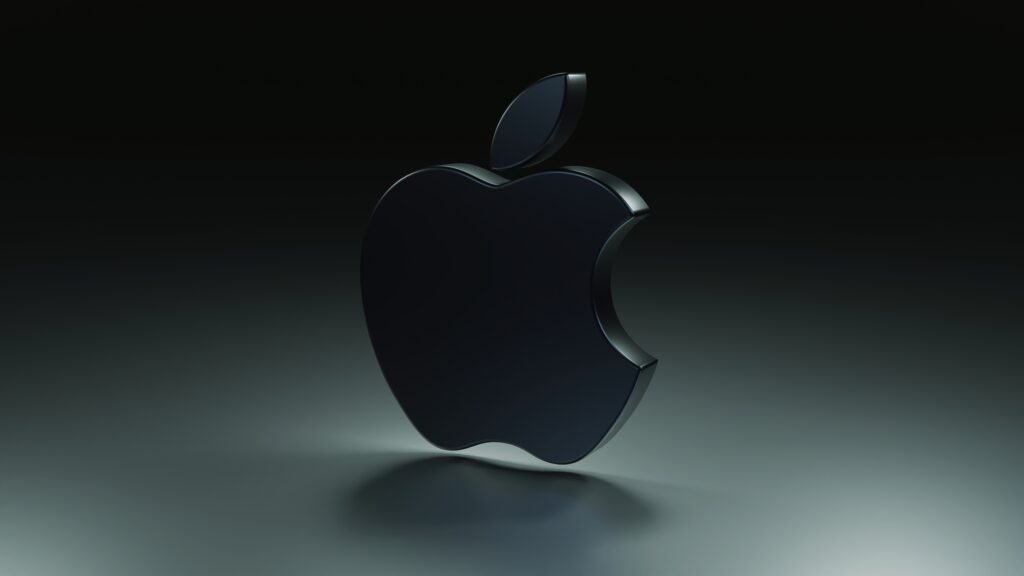President Donald Trump recently urged Apple to manufacture all iPhones sold in the United States domestically. Speaking on his social media platform, Truth Social, Trump emphasized that iPhones made outside the country—whether in India or elsewhere—would face a minimum 25% tariff. This move is part of Trump’s broader strategy to bring American jobs and factories back to the U.S. through tariffs and support for local manufacturing.
However, experts warn that such a shift could greatly increase iPhone costs and complicate production.
Dan Ives, head of global technology research at Wedbush Securities, explained in a television interview that moving iPhone production to the U.S. would raise prices dramatically. He said building the advanced factories needed for iPhone components—called fabs—would push the price of one phone to about $3,500. These fabs are critical for making semiconductors, a key part of smartphones.
Ives also pointed out that Apple would need roughly $30 billion and about three years to shift just 10% of its supply chain back to America. He described the move as economically unfeasible and against the current global manufacturing structure.
Apple’s supply chain is deeply rooted in Asia, with about 90% of iPhones assembled in China. Semiconductor chips mainly come from Taiwan, while screen panels are supplied by South Korean companies. Other parts are sourced from China, where final assembly also takes place.
Decades ago, many American companies, including Apple, moved manufacturing to Asia. This allowed them to focus on software and design, which have higher profit margins. This strategy helped Apple become a leading global smartphone maker.
Apple’s strong dependence on Asia has made the company vulnerable to trade tensions. Since January, when Trump started his second term, Apple’s stock has fallen over 14%. Investors worry about rising tariffs and supply chain risks.
“Apple faces more pressure from these trade issues than most tech companies,” said Ives. “This is a serious challenge for the entire industry.”
While Apple’s products have avoided the harshest tariffs, the company still pays a 20% levy connected to China’s role in fentanyl exports. This adds to the cost pressure in an already tense trade climate.
Apple CEO Tim Cook recently said in an earnings call that most iPhones sold in the U.S. will soon ship from India. Still, Cook admitted tariffs could increase Apple’s costs by $900 million this quarter alone.
To reduce reliance on China, Apple announced plans to invest $500 billion in the U.S. over the next four years. The company is also expanding manufacturing in India and Brazil to diversify production.
Gene Munster, managing partner at Deepwater Asset Management, said Apple might raise iPhone prices if tariffs rise above 30%. For lower tariffs, Apple may absorb costs, but higher fees will likely be passed to customers.
“They will carry most of the costs for now,” Munster said, “but eventually consumers will pay more.”
If trade tensions and tariffs continue to rise, iPhones made in America could become premium, high-cost items rather than affordable devices for many buyers.
